1. Valentine’s Day Was About More Than Romance

Most people associate Valentine’s Day with chocolates, roses, and love letters, but its origins were much darker. The holiday is linked to the Feast of Saint Valentine, which honored multiple early Christian martyrs named Valentine. One legend claims a priest named Valentine secretly married couples to defy a Roman emperor’s orders, while another says he healed a jailer’s blind daughter and signed a note to her “from your Valentine.” The day also aligns with an ancient Roman festival called Lupercalia, which involved sacrifices and fertility rituals. Over time, the focus shifted to romantic love, thanks in part to poets like Chaucer. By the 19th century, mass-produced Valentine’s cards were all the rage shares NPR.
Today, the holiday is one of the most commercialized celebrations in the world, but not everyone is a fan. Some people find it too focused on consumerism, while others just don’t like the pressure that comes with it. Despite this, the tradition of expressing love—whether through heartfelt letters or extravagant gifts—continues. Even elementary school kids get in on the fun, exchanging tiny cards and candy hearts with silly messages. Whether you love it or loathe it, Valentine’s Day has certainly come a long way from its ancient roots adds the New York Times.
2. Labor Day Was a Protest, Not Just a Day Off
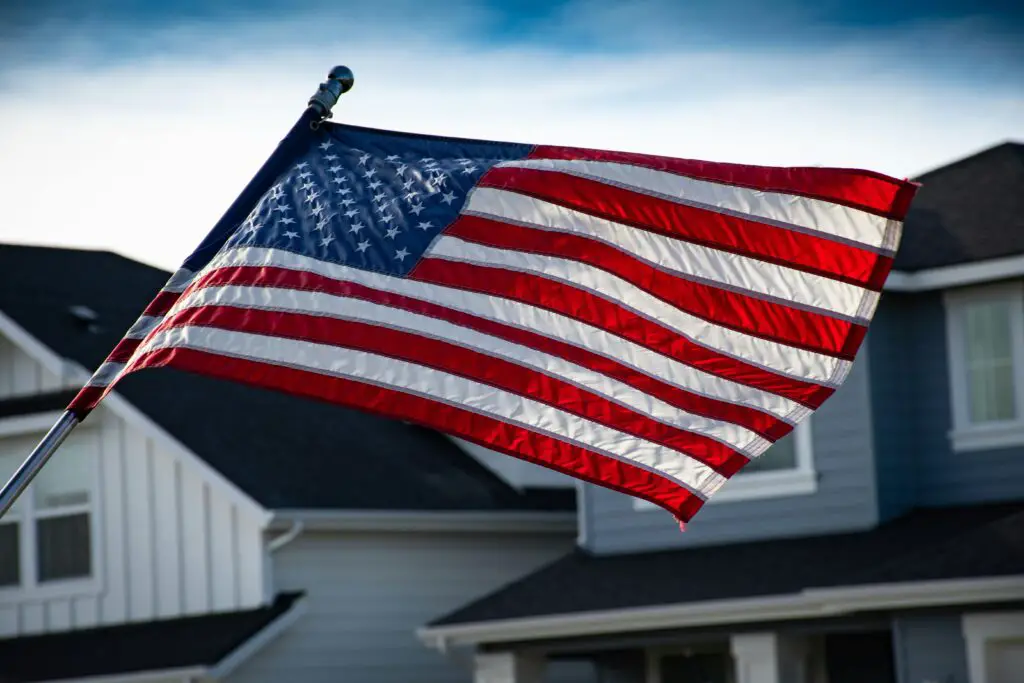
Labor Day is now synonymous with barbecues and the unofficial end of summer, but it started as something much more serious. In the late 1800s, American workers faced grueling conditions, often working 12-hour shifts, seven days a week. Labor unions organized protests and strikes to demand better pay and shorter hours. One of the largest demonstrations happened in 1882 when workers in New York City took an unpaid day off to march for their rights. The idea caught on, and states began recognizing the holiday before it became a national observance in 1894 says the U.S. Department of Labor.
Ironically, many people today don’t think about labor rights when celebrating Labor Day. Instead, they focus on big sales, backyard cookouts, and squeezing in one last beach trip before fall. While the holiday still honors workers, most of us just enjoy having a three-day weekend. Of course, not everyone gets the day off—retail and service industry employees often work extra hours. In some ways, that brings the holiday full circle, reminding us that fair labor practices are still a work in progress shares Investopedia.
3. Thanksgiving Was Once About Giving Thanks for War

Thanksgiving is famous for its turkey dinners and family gatherings, but its origins go beyond the Pilgrims’ feast in 1621. While that meal was a real event, Thanksgiving as an official holiday didn’t happen until much later. Various colonies and states had their own days of thanks, often linked to victories in battle. In 1789, George Washington declared a national day of Thanksgiving, partly to celebrate the new U.S. Constitution. The holiday gained traction thanks to Sarah Josepha Hale, a writer who campaigned for a nationwide Thanksgiving for years. Finally, in 1863, Abraham Lincoln made it official during the Civil War.
Lincoln’s proclamation framed Thanksgiving as a time for national unity during a deeply divided era. It wasn’t about pumpkin pie or football, but about gratitude and healing. Over time, the holiday became more focused on family, feasting, and the start of the holiday season. Now, it’s one of the biggest travel days of the year, with millions of people hitting the roads and airports. But at its core, Thanksgiving is still about pausing to appreciate what we have—whether that’s a warm meal, good company, or simply a day to relax.
4. Mother’s Day Was a Call to Action, Not Just Flowers

Mother’s Day is now all about brunch and bouquets, but its founder never intended it to be a commercial holiday. Anna Jarvis created Mother’s Day in the early 1900s as a way to honor her own mother, who had worked to improve public health and help wounded soldiers. She envisioned the day as a time for people to reflect on their mothers’ sacrifices, not a reason to buy gifts. Unfortunately, once businesses saw an opportunity, they turned it into a money-making event. Jarvis spent the rest of her life trying—and failing—to stop the commercialization of Mother’s Day.
Ironically, the woman who fought so hard for the holiday came to despise what it became. She even protested at a Mother’s Day event and was arrested for disturbing the peace. Today, it’s one of the biggest gift-giving days of the year, with restaurants and florists seeing a huge spike in sales. While it might not look the way Jarvis intended, the spirit of honoring mothers is still there. A heartfelt note or phone call might be closer to the original idea than an expensive brunch.
5. Christmas Was Once a Wild Party, Not a Family Holiday

Christmas is now a time for family, faith, and cozy traditions, but it used to be more like a rowdy street festival. In medieval Europe, Christmas celebrations were loud, drunken affairs, sometimes resembling modern Mardi Gras. Revelers would go door to door demanding food and drink, and those who refused could face pranks or vandalism. The Puritans actually banned Christmas in parts of America because they saw it as too wild and unholy. It wasn’t until the 19th century that the holiday transformed into a more family-friendly occasion.
The change came largely thanks to authors like Charles Dickens, whose book A Christmas Carol emphasized kindness and generosity. Queen Victoria and Prince Albert also helped popularize Christmas trees and home-centered celebrations. Over time, Santa Claus became the face of the holiday, thanks to marketing campaigns and department store displays. While Christmas is still a mix of religious and secular traditions, it’s far removed from its chaotic past. These days, the biggest “demand” might just be from kids hoping for a mountain of presents under the tree.
6. New Year’s Eve Was Originally a Religious Event

New Year’s Eve is now a night of parties, fireworks, and countdowns, but it wasn’t always about celebration. Many ancient civilizations marked the new year with religious rituals, often tied to agricultural cycles. The Babylonians, for example, held a 12-day festival in March to honor their gods. The Romans moved the new year to January, dedicating it to Janus, the two-faced god of transitions. In medieval Europe, many New Year’s observances were tied to church feasts and solemn prayers.
As time passed, the holiday became more about revelry than reflection. By the 20th century, ringing in the new year with champagne and noise-makers became the norm. The famous Times Square ball drop started in 1907, replacing a fireworks display that had been deemed too dangerous. Today, millions gather around TVs to watch the spectacle, while others head out for parties or quiet nights at home. No matter how it’s celebrated, New Year’s Eve is still about fresh starts—just with more confetti and fewer religious rites.
7. Memorial Day Was About Decoration, Not Barbecues
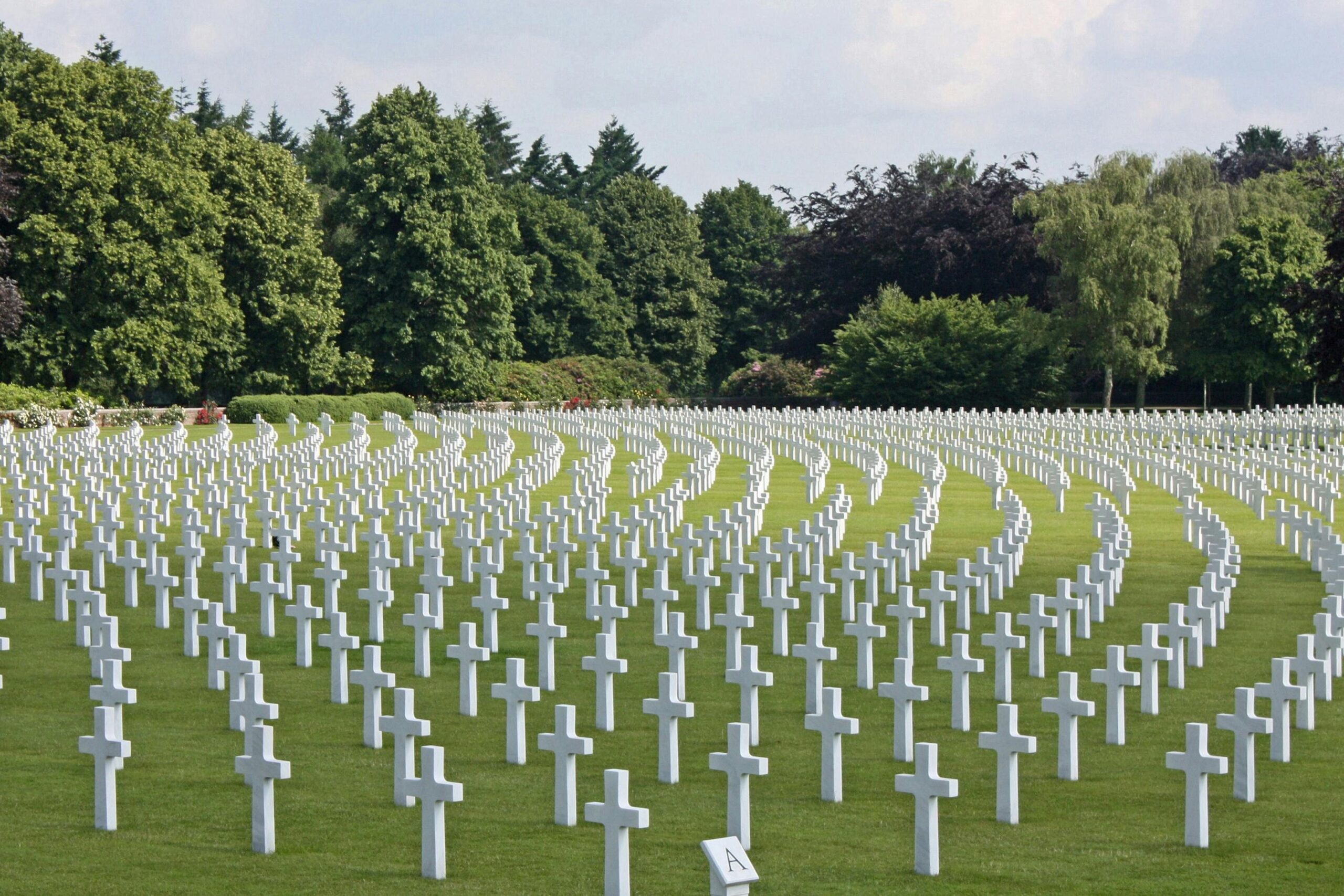
Memorial Day, now known for its backyard gatherings, parades, and early summer vibes, began as a somber tradition to honor fallen soldiers. The holiday’s origins date back to the Civil War, when people in both the North and South decorated the graves of soldiers with flowers. Originally called Decoration Day, it was a day for families to remember the sacrifices made during the war. It wasn’t until after World War I that it became a nationwide observance.
As time went on, the focus of Memorial Day shifted from remembrance to a more relaxed occasion. The holiday became linked to the start of summer, and many Americans began using the long weekend for leisure activities instead of visiting cemeteries. Still, parades and memorial services remain an important way to honor those who served in the military. Some towns hold ceremonies where families come together to lay wreaths or participate in a moment of silence. Today, Memorial Day is a mix of remembrance and relaxation, but its origins are still remembered by many.
8. Halloween Was About Harvest, Not Spooky Fun

Halloween today is all about costumes, candy, and haunted houses, but its roots lie in ancient harvest festivals. The celebration traces back to the Celtic festival of Samhain, which marked the end of the harvest season and the beginning of winter. People believed that on this night, the boundary between the living and the dead was blurred, and spirits roamed the earth. To ward off these spirits, the Celts lit bonfires and wore costumes to disguise themselves.
When Christianity spread, the church moved All Saints’ Day to November 1st, effectively Christianizing Samhain. Over time, the traditions of wearing costumes and carving pumpkins (originally turnips) were incorporated into the celebrations. By the late 19th century, Halloween had evolved into the fun, family-oriented holiday we know today, thanks in part to Irish immigrants bringing their customs to America. In modern times, it’s a huge commercial event, with kids trick-or-treating, adults attending parties, and neighborhoods transforming into haunted scenes.
9. Flag Day Was Originally a Military Holiday
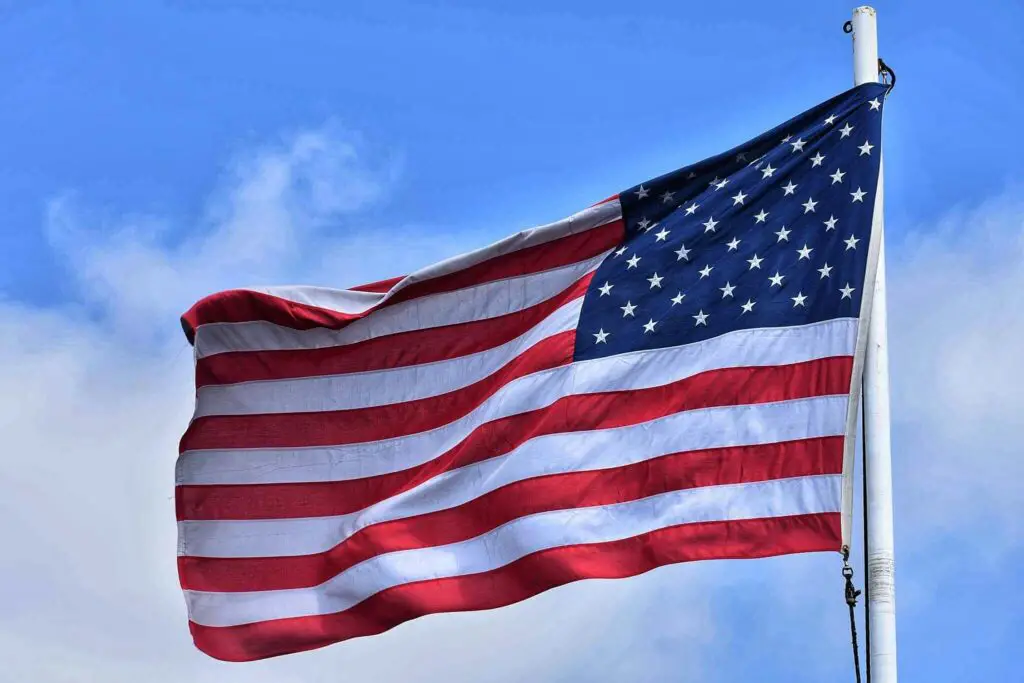
Flag Day is often celebrated with small parades and an appreciation of the American flag, but it started as a way to honor the military. In 1885, a schoolteacher named Bernard Cigrand promoted the idea of celebrating the flag’s anniversary. He believed the day would foster patriotism and unity, and he spent years advocating for its recognition. In 1916, President Woodrow Wilson officially proclaimed June 14 as Flag Day to honor the adoption of the U.S. flag in 1777.
Flag Day was originally about acknowledging the flag’s symbolism in representing the country’s military and ideals. Though it wasn’t a public holiday, it gained traction in small communities across the U.S. By the mid-20th century, the observance grew into a more festive occasion, but the military connection remained. Today, it’s not as widely celebrated as other national holidays, though some towns still hold parades or special ceremonies. For many, it’s a chance to reflect on the meaning of the flag and the sacrifices made to protect it.
10. Easter Was Originally a Pagan Spring Festival

Easter is widely celebrated as a Christian holiday commemorating the resurrection of Jesus, but its origins go back much further. Many of the traditions associated with Easter, such as the egg hunt, have pagan roots tied to springtime celebrations. The word “Easter” itself may have been derived from the name of a pagan goddess, Eostre, who symbolized fertility and rebirth. Early Christians co-opted these pagan traditions, blending them into the celebration of Christ’s resurrection.
The Easter egg, a symbol of new life, has long been part of spring festivals, even before it was adopted by Christianity. Over time, the holiday grew to include other customs, such as the Easter bunny, a creature that represented fertility. In modern times, Easter is a mix of religious observance and secular fun, with families hunting for eggs and enjoying festive meals. While the roots of Easter can be traced back to ancient rituals, its celebration today is a far cry from the original spring festivals.
11. Independence Day Wasn’t Always a Patriotic Party
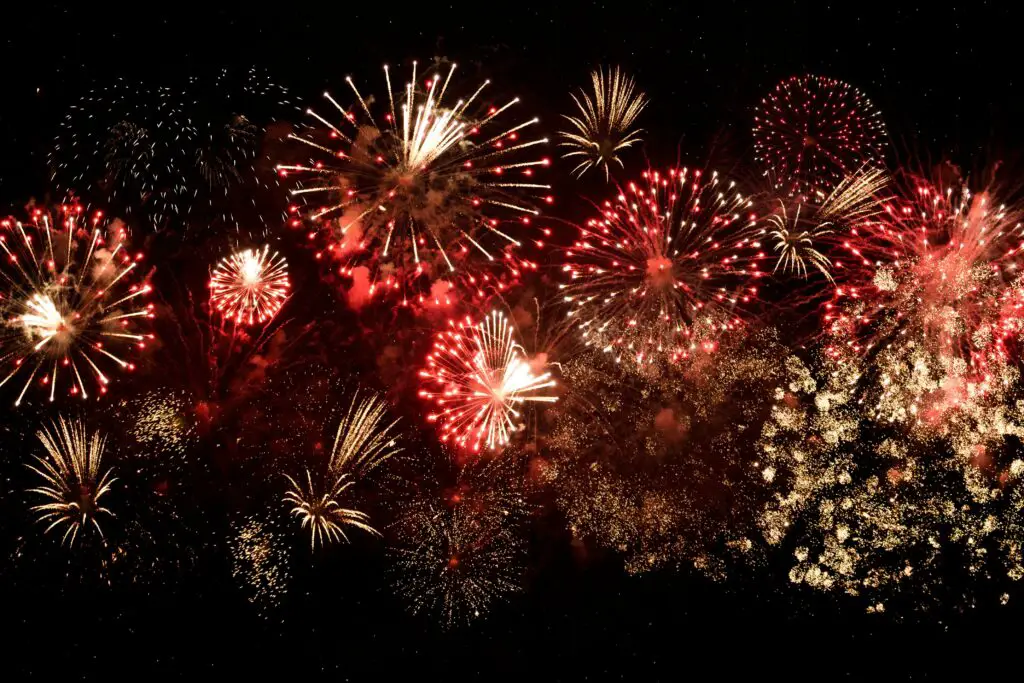
Independence Day, now full of fireworks and barbecues, wasn’t always the festive occasion it is today. When the United States first gained independence in 1776, the day was marked with solemn events, including speeches, prayers, and public readings of the Declaration of Independence. While people celebrated in their own ways, such as firing cannons or ringing church bells, it was far less about revelry and more about solemn patriotism.
Over the years, the holiday evolved, especially after the War of 1812, which made Independence Day even more significant. By the 19th century, towns across the country started organizing parades and picnics, and fireworks became a common feature of the celebration. Today, Independence Day is known for its all-out celebrations, with families gathering for cookouts, cities hosting massive firework shows, and communities embracing the “American spirit.” While the meaning of the day remains rooted in history, its modern observance is much more about celebration than reflection.
12. April Fools’ Day Was Once About A New Year
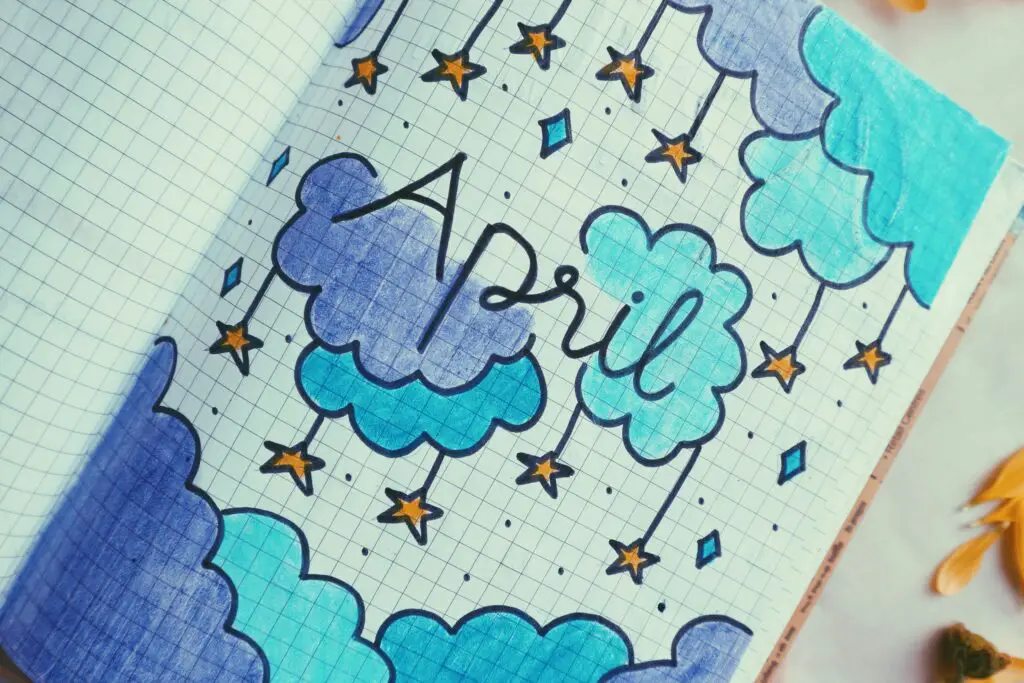
April Fools’ Day is a time for pranks and laughter, but it wasn’t always about humor. The origins of the day are debated, but some believe it dates back to the change from the Julian to the Gregorian calendar in the 16th century. Those who continued to celebrate the new year during the spring equinox, April 1, were often made the butt of jokes, with people playing tricks on them. This practice eventually morphed into a day for general mischief.
Over time, April Fools’ Day became widely recognized as a day for lighthearted pranks. From media outlets publishing absurd stories to individuals pulling harmless jokes on friends, the day is now celebrated globally. While the day is mostly for fun, some of the pranks can get pretty elaborate. Despite its roots in the calendar shift, April Fools’ is now a day of laughter rather than confusion, with everyone in on the joke.
